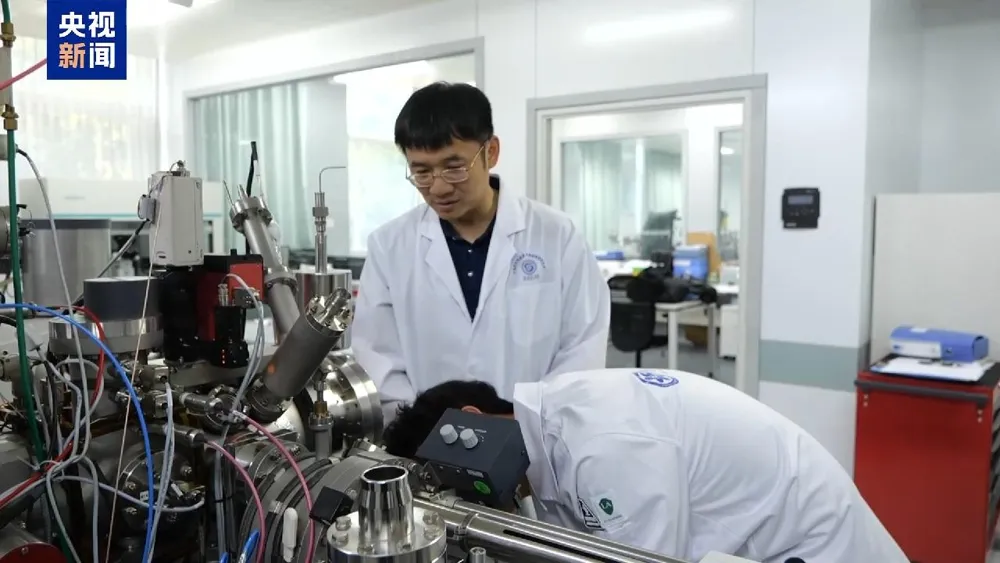China's Lunar Samples Boost Knowledge of Moon Exploration

Chinese researchers have made a significant breakthrough regarding lunar exploration by analyzing samples from the Chang'e-6 mission, which were collected from the far side of the moon. Their findings reveal that this region of the moon is drier than its near side, which could have profound implications for future lunar missions and international collaboration.
In a study published in the journal Nature Communications, scientists detailed how the basalt samples obtained from the Chang'e-6 landing site originated from a lunar mantle that exhibits a reduced state. This indicates that the far side’s geological composition is not only drier and more barren than that of the near side but also demonstrates notable differences in their internal characteristics.
The term 'reduced' refers to a particular state of elements present in the mantle, where they exist in low oxidation states. This could imply that the material is either more primitive than previously thought or has undergone a significant transformation due to a large impact event.
Yang Wei, a researcher at the Institute of Geology and Geophysics at the Chinese Academy of Sciences, emphasized the importance of these discoveries in understanding planetary processes. He remarked that 'the redox state of a planet is a key indicator for understanding its internal processes and surface habitability.' This finding affirms that deep within the moon, differences exist between its near and far sides.
Furthermore, the broader scientific significance of the Chang'e-6 mission extends beyond merely geological studies. China’s lunar exploration program is now shifting focus from traditional geological analyses to more practical applications, including in-situ resource utilization and the manufacturing of lunar soil bricks.
These advances are foundational to supporting future lunar missions, particularly crewed landings and the establishment of a lunar research station aimed at long-term scientific exploration.
In an effort to foster international scientific collaboration, the China National Space Administration has proactively shared lunar samples with researchers around the globe. Notably, the agency has distributed nine batches of lunar samples totaling 125.42 grams, which includes 2.18 grams of Chang'e-5 samples sent to seven institutions across six different countries.
As a testament to the impact of this initiative, scientists worldwide have already published over 150 research papers utilizing these samples. This widespread scholarly activity highlights the significant global influence of China's lunar exploration missions and promotes ongoing scientific dialogue.
Read These Next

Kitepower's Giant Kite: A Breakthrough in Renewable Energy
This article discusses Kitepower's innovative kite technology for generating wind energy in remote areas, highlighting its potential applications and broader implications for the renewable energy landscape.

Impact of Nvidia AI Chip Exports to China
This article explains the recent charges against two Chinese nationals for exporting Nvidia AI chips illegally, the implications for international technology export regulations, and highlights the intersection of national security and advanced technology.

Global Youth Unite for Sustainable Solutions at SynBio Challenges
The 4th SynBio Challenges in Shenzhen united 265 teams and 1,900 innovators to address environmental and health issues.
